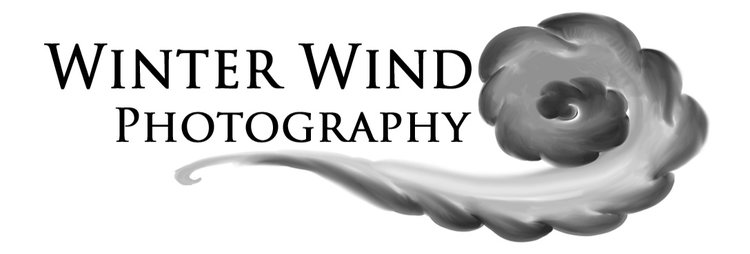Today's photo comes out of the Inner Landscape Project, which seeks to use photography as a tool for externalizing people's inner experience of mental health issues in a way that makes them more understandable and accessible to others.
Alex, the subject of this picture, has had struggles with life-impairing bipolar disorder for much of his life. His work with the Inner Landscape Project covers a series of photographs representing different phases in the bipolar cycle as he experiences them. This was/is the picture for "depression."
However, somewhat by accident it has taken on a slightly different, or perhaps additional, meaning from the one we intended.
Independent from his bipolar disorder, Alex has also had a long and somewhat convoluted relationship with gender throughout his adult life. That is not really my tale to tell, but what is relevant here is that he has quite recently come to the realization that the next step in that journey is medical transition.
Perhaps the largest contributing factor in that realization has been a growing awareness of just how intrusive body/gender dysphoria has become in his life.
For Alex, dysphoria and depression go hand in hand. Hence, while the overall feel of the picture, conveyed by pose, lighting, and setting, speaks to depression, many of the specific details reflect the way dysphoria, and the stresses of being trans*, further become a source of anxiety and strain in his life. Neither of us really noticed how clear this was during the shoot.
That said, I suppose the representations of dysphoria aren't immediately obvious if you aren't looking for them. But the oppressive weight of his chest, the drawing at his right hand, the journal entry over his left shoulder, and even the somewhat phallic arrangement of the machete, all together put their own mark on the meaning of the image in the much the same way dysphoria colors Alex's mental health challenges.
One needn't be trans*, or have bipolar disorder for that matter, in order to relate to the experience of depression and anxiety that this photograph was intended to convey. I know that I see some of my own lifelong struggle with depression, as well as feelings of being overwhelmed by challenges in life, when I look at this picture.
Even so, while intellectually I can acknowledge the role that gender dysphoria plays in someone's life, I also know that as a cisgender (not-trans*) person, my understanding of that experience, and hence this photo, will always be a somewhat two dimensional.
Ed note: This post originally appeared as part of my Picture Tells A Story series on Bilerico.com

